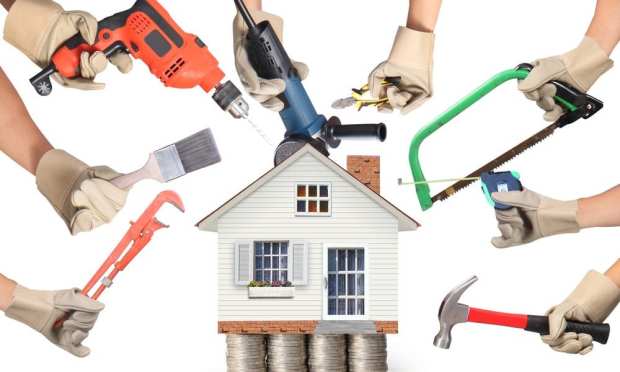Home Services, Served by (Lots Of) Capital

Home services may be the next frontier in real estate — and possibly, a bit less dependent on new transactions.
As noted in this space yesterday, there’s been a rush by venture capital firms to find and fund startups that focus on the digital transformation of buying and selling properties.
The numbers are eye-catching as a cheap two-bedroom in a prewar building in Brooklyn. Crunchbase has estimated venture capital money flowing to these firms in just the first few months of this year has topped $1.9 billion.
Money is coming into a separate, though related part of real estate, also tech-enabled, and also driven by a desire to streamline at least some processes that have traditionally been manual ones.
In news reported Tuesday (July 23), online marketplace Thumbtack, which focuses on “local services,” raised $150 million in a funding round that values the company at $1.7 billion. The money came from an investment round led by Sequoia Capital, which put $125 million of its own money into Thumbtack. Other participants included Scottish investment management company Bailliee Gifford.
The Thumbtack business model is one that lets local businesses list services — such as gardening, for example — and where the site generates quotes for various tasks, tailored to local prices for those services. It should be noted here that the services are not restricted to those performed for real estate (such as carpentry), but they are of course part of the platform.
The funding news comes in tandem with a separate announcement, where Amazon has partnered with Realogy to offer TurnKey, and to a slew of Amazon services such as house painting and, say, TV hanging, for credits that can be worth as much as $5,000, according to some estimates.
In other funding examples, in April of this year, Super raised $20 million to build its subscription service for maintenance and repair services. Late last year, eBay added home services to its eponymous site, including Handy and Porch.
The common thread here is that, well, things break, and that properties need to be maintained well after they are bought and sold.
The sentiment shows up in the numbers. HomeAdvisor said late last year that consumer spending on home improvement projects was up 17 percent in 2018 versus 2017, with home improvement spending at $7,360, average home maintenance spending at $1,105, and home spending on emergency projects at $416.
Ah, but as HomeAdvisor noted at the time, “The average home emergency spend is a relatively manageable $416; however, that is lowered significantly by the people fortunate enough to have no home emergencies. Consumers who did have an emergency paid an average cost three times higher, at $1,206.”
All of which goes to show, getting a house is one thing. Keeping it habitable is another — and many a firm (and investor!) is betting, and banking, that recurring revenues are in the offing.
